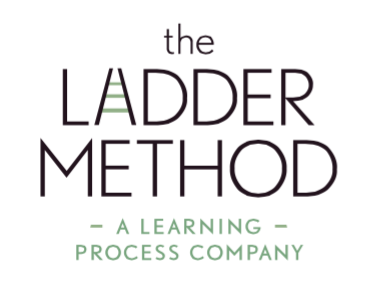Parenting Styles: Are you a Lighthouse Parent? or a Bulldozer?
As an educator, I often reflect on the impact of various parenting styles on student development and well-being. The two styles that have garnered attention in recent years are: LightHouse Parents and Bulldozer Parents. Understanding how these approaches influence your child’s experience can help us work together to promote their growth and success.
The LightHouse Parenting Style
LightHouse Parents serve as guiding lights for their children, creating a safe and supportive environment that encourages exploration and learning. Here’s what characterizes this parenting style:
Support and Encouragement: LightHouse parenting focuses on providing emotional support, allowing children to feel secure as they take risks and discover their interests.
Guidance Over Control: Instead of making all decisions for their children, these parents guide them toward making informed choices, which fosters critical thinking and independence.
Building Resilience: They understand the importance of facing challenges and allow their children to experience setbacks, teaching them how to bounce back and develop vital life skills.
Open Communication: With open lines of communication at home, children feel comfortable sharing their thoughts and feelings, creating an environment conducive to healthy relationships.
The Bulldozer/Protective Parenting Style
On the other hand, Bulldozer Parents tend to take a more protective approach by actively removing obstacles from their children’s paths. Although their intentions are well-meaning, this style can have some unintended consequences:
Removing Challenges: By eliminating obstacles, Bulldozer Parents may inadvertently deprive their children of valuable life lessons, which can hinder their preparedness for future challenges.
Overly Involved: This parenting style can lead to micromanagement, where parents intervene in various aspects of their child’s life, limiting their autonomy and decision-making abilities.
Pressure for Success: With a strong emphasis on achievement, Bulldozer Parents may unintentionally create a high-pressure environment, which can result in anxiety and fear of failure.
Limited Autonomy: As a result of this overprotection, children may struggle to develop essential problem-solving and critical thinking skills needed for success in life.
Recent Challenges with Bulldozer Parenting on the Executive Function
In the context of today’s fast-paced and competitive environment, the drawbacks of Bulldozer Parenting have become increasingly apparent especially as it pertains to development of the executive function:
Increased Anxiety: Many students report feeling overwhelmed by the expectations placed on them, leading to anxiety that affects their engagement and overall well-being.
Lack of Problem-Solving Skills: We’ve noticed that some students are entering the classroom with limited experience in facing challenges independently, which can hinder their confidence and development.
Dependency Issues: Students raised in this environment may struggle with autonomy, relying on their parents to make decisions, which can impact their readiness for the responsibilities of adulthood.
Burnout: The pressure to meet high expectations can lead to burnout, resulting in a diminished passion for learning and participation in school activities.
Working Together for Student Growth
As executive functioning coaches, we deeply value the partnership we share with our parents. By understanding the dynamics between parenting styles and student development, we can enhance the support we provide to your children.
We encourage our parenting community to embrace a balance that combines guidance with opportunities for your children to independently navigate challenges. Encouraging open communication with us and your children about their experiences can foster a positive environment both at home and in school.
Sources for further reading
Alloway, T. P., & Gathercole, S. E. (2006). A modular approach to understanding working memory in children. Journal of Experimental Child Psychology, 93(4), 350-365.
Dweck, C. S. (2006). Mindset: The new psychology of success. Random House.
Gestsdottir, S., & Lerner, R. M. (2008). The development of self-efficacy in adolescence. Journal of Adolescence, 31(6), 285–300.
Gross, J. J. (2015). Emotion regulation: Current status and future prospects. Psychological Inquiry, 26(1), 1-26.
McGhee, P. E. (2016). Strategies to promote critical thinking in children. SAGE Open, 6(3).
Vygotsky, L. S. (1978). Mind in society: The development of higher psychological processes. Harvard University Press.
Zimmerman, B. J. (2008). **Goal setting: A key proactive
